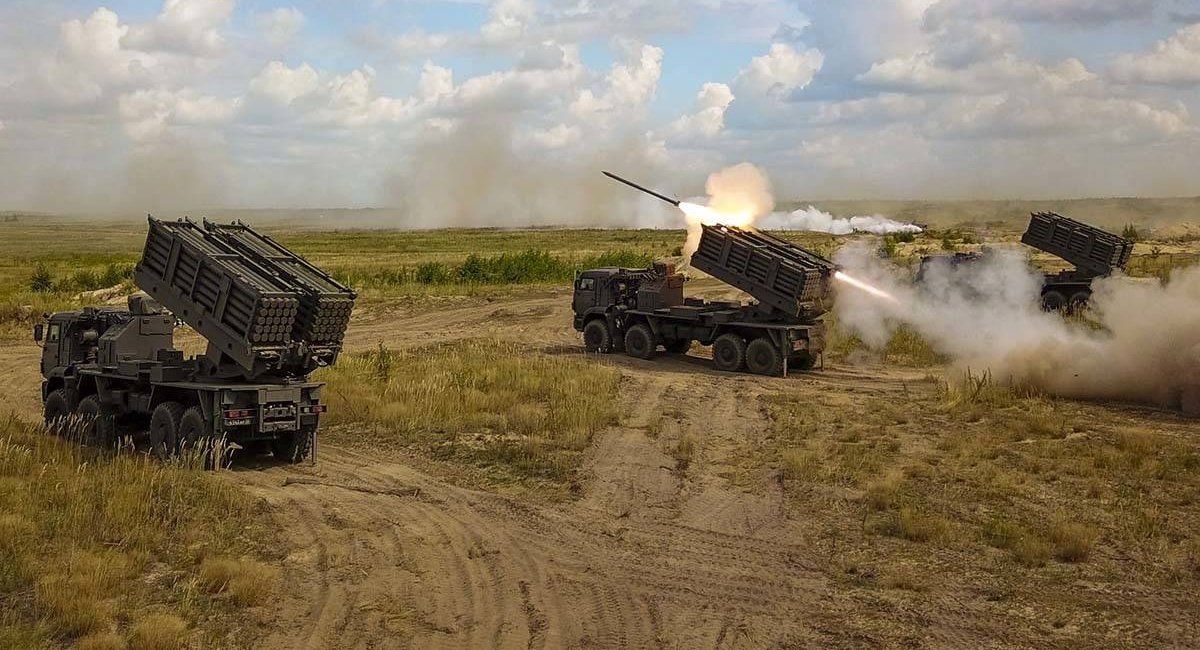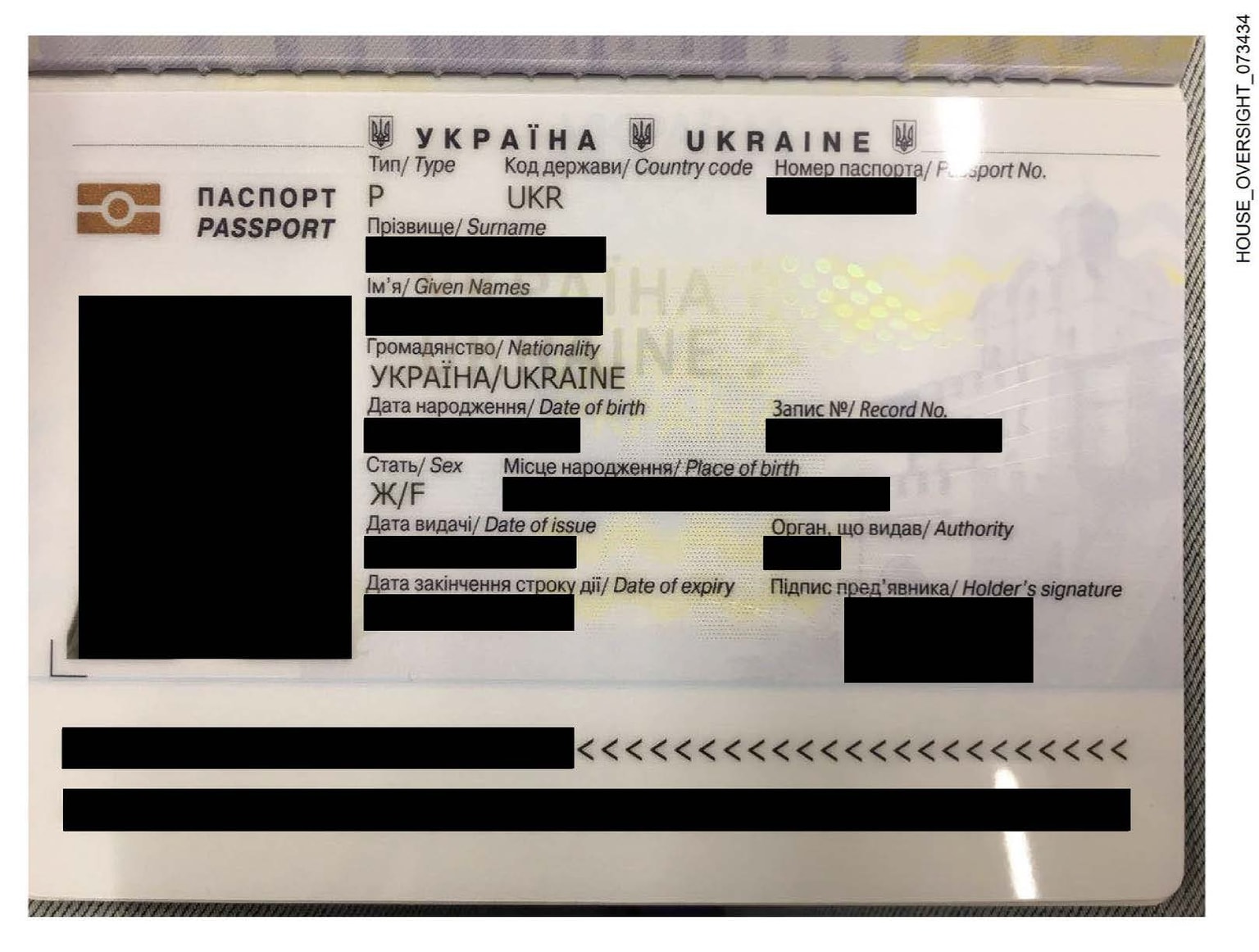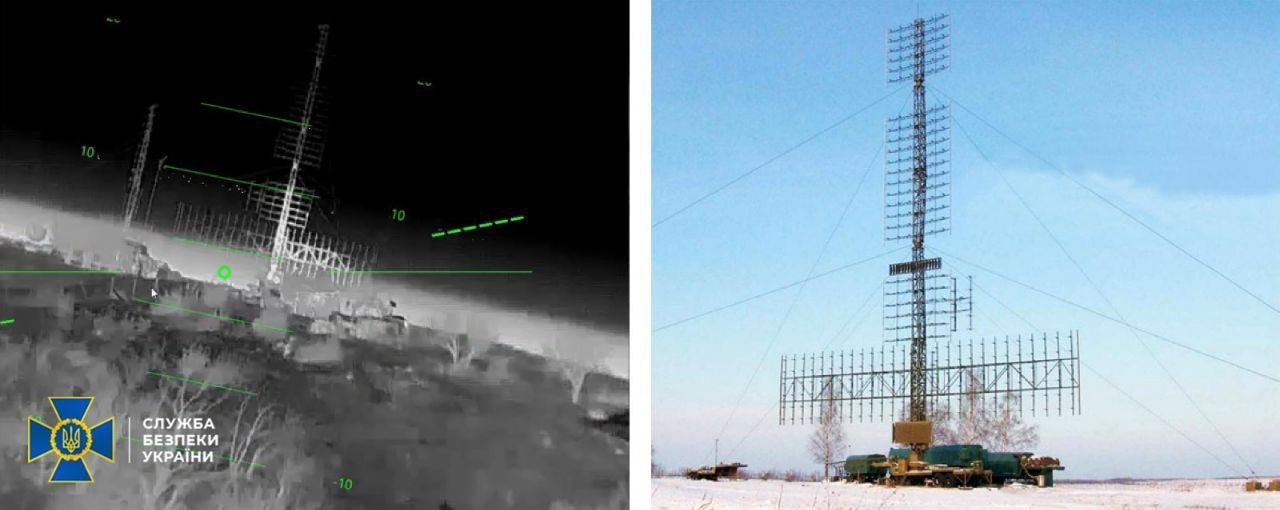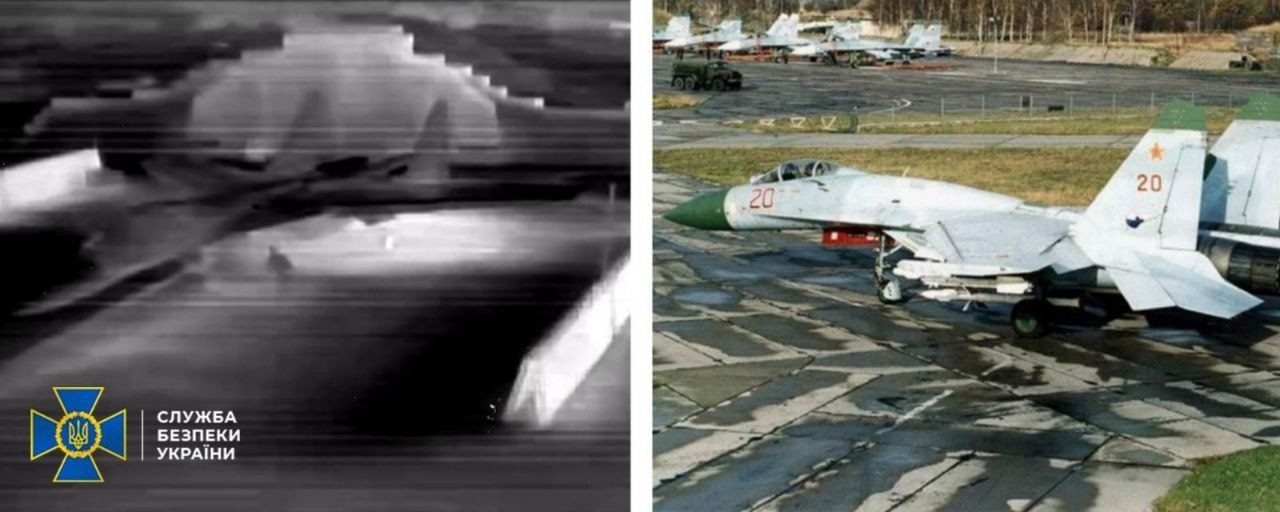Military: More than 5,000 explosive devices removed over past week

Specialists from Ukraine's Armed Forces cleared 5,321 explosive devices from over 431 hectares of land and 71 roads in the past week, the Armed Forces Command said on Dec. 2.
Since the beginning of the full-scale invasion, specialists have removed more than 150,000 explosive devices across Ukraine, including territories liberated from Russian occupation.
Around 6 million people are threatened by mines in Ukraine, and thousands may be killed or injured unless appropriate steps are taken, according to Prime Minister Denys Shmyhal.
Around 250 people have been killed by landmines in Ukraine, and over 500 have been wounded or maimed since the all-out war began, Shmyhal said on Oct. 9.
According to Ukrainian officials, nearly one-third of Ukraine's territory has been mined since the start of the full-scale invasion.
Ukraine has developed its own de-mining machines, and its allies have also donated their own equipment, such as the Revival P mechanized demining machine from Azerbaijan.
In addition, Western allies have pledged almost 500 million euros ($530 million) to Kyiv in demining assistance as of Oct. 11.













